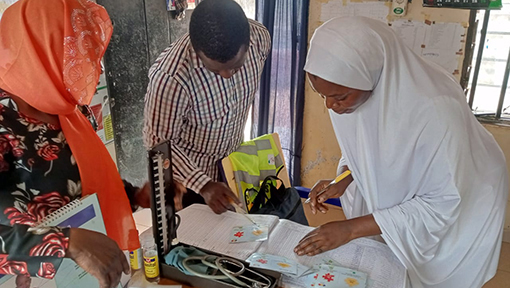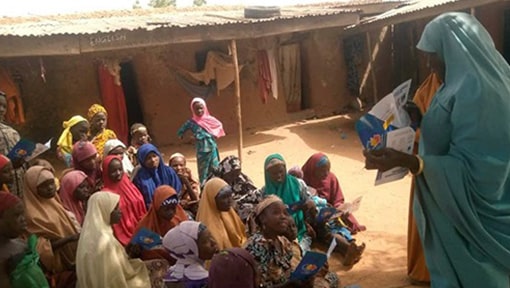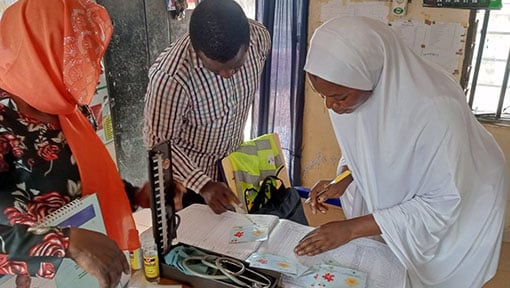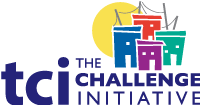Kilifi County Continues to Increase Funding for Family Planning and Adolescent and Youth Sexual and Reproductive Health
Contributors: Levis Onsase and Kenneth Miriti
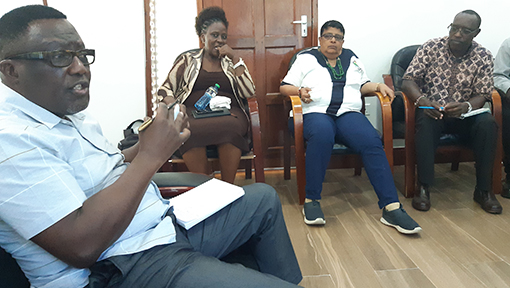
Kilifi County’s Deputy Governor, the Hon. Gideon Saburi (left), explains why the TCI model is unique in ensuring local government ownership and sustainability.
Political commitment to family planning is a major driver of population health at the county level. It improves maternal and child health, facilitates educational advances, empowers women and families, reduces poverty and is a foundational element to the economic development of the county and nation at large. Kilifi County, Kenya, has demonstrated its local ownership and political commitment to family planning and adolescent and youth sexual and reproductive health (AYSRH) by increasing funding over the past three years.
When Kilifi County first engaged with The Challenge Initiative (TCI), it made a commitment of about $50,000 for family planning for the fiscal year beginning July 1, 2017. The following year, that commitment rose 36% to about $67,000, with $15,000 of that dedicated to AYSRH. Last year, the county’s commitment for the fiscal year beginning July 1, 2019, went up 96% to nearly $132,000 ($60,000 for family planning and $72,000 for AYSRH). In both fiscal 2017 and 2018, the county spent more than 100% of its committed funds.
“With Kilifi County being ranked among the poorest counties economically and among the most poorly performing counties in reproductive health indicators, the county government needed to collaborate with development partners to reduce the negative indicators in FP and teenage pregnancy/GBV (gender-based violence) issues,” said the Hon. Gideon Saburi, Deputy Governor of Kilifi County. “TCI’s business model came in at the right time, and as a County, we had to adopt the interventions to start the journey in reducing our negative indicators in FP/AY.”
A member of the County Assembly of Matsangoni Ward, the Hon. Hassan Mohamed, noted that the county had grappled with low funding for family planning because of other priorities and thus less-than-optimal FP/RH indicators, especially for adolescents.
“In my ward, we were leading in high rates of teenage pregnancies. As a member of the health committee, I had to champion the need to allocate resources for FP in particular to support reduction of teen pregnancies,” said Mohamed, who said data on teen pregnancies drove his ward to invest in FP and AYSRH.
Saburi said TCI triggered the county government to continue investing in youth and in reproductive health programs targeting them. The graph below shows how Kilifi County went from a $15,000 investment in AYSRH in 2018 to nearly $72,000 last year, a 378% increase in funding. He noted that the county now has a dedicated staff to coordinate AYSRH interventions across Kilifi County.
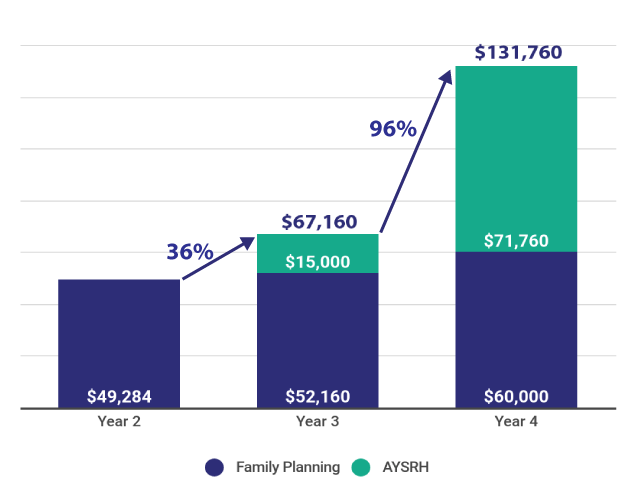
Increase in annual FP and AYSRH commitment from Kilifi County.

